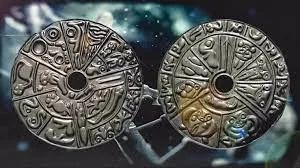In late 2024, a mesmerizing photograph of a Spanish dancer (Hexabranchus sanguineus), a vivid sea slug, captivated social media after being spotted in the shallow waters of Coral Bay, Western Australia. Known for its striking red, orange, or pink hues and intricate patterns, this large nudibranch—named for its undulating swimming motion resembling a flamenco dancer’s skirt—brought the vibrant beauty of the Indo-Pacific’s marine world to global attention. Growing up to 90 centimeters, the Spanish dancer’s graceful movements and nocturnal habits make it a prized sighting for divers and marine enthusiasts.
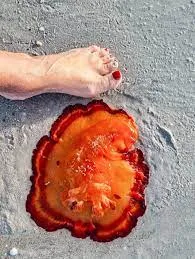
A Dance in the Tides
The Coral Bay sighting, shared widely on platforms like Instagram, showed the Spanish dancer rippling through shallow waters, likely carried in by the tide. Unlike most nudibranchs, which crawl along the ocean floor, this species can swim by flexing the edges of its soft, flattened body, creating a flowing, skirt-like motion that inspired its name. The individual who captured the images noted its vivid colors—bright red with yellow or white patterns—gleaming under the sunlight, a rare daytime glimpse of a creature typically active at night.
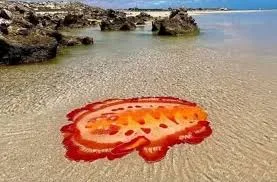
Found across the tropical and subtropical Indo-Pacific, from East Africa to Australia and Hawaii, Spanish dancers inhabit coral reefs, rocky seabeds, and sandy slopes at depths of 1–50 meters. In Coral Bay, part of the Ningaloo Reef World Heritage Site, the nutrient-rich waters and diverse ecosystem provide ideal conditions for these sea slugs, which feed on sponges and absorb toxins for defense, enhancing their vivid coloration.
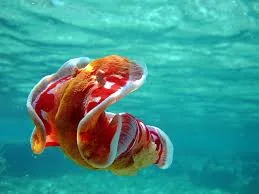
A Creature of Beauty and Mystery
The Spanish dancer’s size—ranging from 20 to 90 centimeters—sets it apart from smaller nudibranchs, making it one of the largest sea slugs known. Its bright hues serve as a warning of its unpalatability, a trait common among nudibranchs, which lack shells and rely on chemical defenses. The intricate patterns, often speckled or wavy, vary between individuals, adding to their allure. At night, they become active, foraging for sponges or laying spiral egg ribbons that resemble delicate roses.
The Coral Bay sighting highlighted the Spanish dancer’s elusive nature. Nocturnal and light-averse, they often hide under ledges or in crevices during the day, making daytime encounters rare. The photographed individual, likely swept into the shallows, showcased the fluid, rhythmic motion that mimics a dancer’s twirl, captivating onlookers both in person and online.
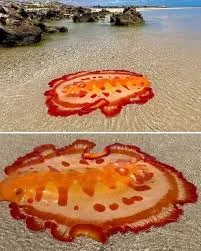
A Marine Icon in a Fragile Ecosystem
The viral photo, credited to a local marine enthusiast, underscores Coral Bay’s status as a biodiversity hotspot within Ningaloo Reef, home to over 500 fish species and 200 coral types. The Spanish dancer’s presence reflects the health of this ecosystem, but it also highlights its fragility—climate change, ocean warming, and coastal development threaten reef habitats. Marine conservation efforts, like those protecting Ningaloo, are crucial to preserving such spectacles.

A Dance Worth Protecting
The Spanish dancer’s fleeting appearance in Coral Bay is a reminder of the ocean’s hidden wonders. Its vibrant colors and graceful swim, likened to a flamenco performance, captivate hearts and spark curiosity about marine life. As a symbol of the Indo-Pacific’s rich biodiversity, this sea slug invites us to explore and protect the fragile reefs where it dances, ensuring its mesmerizing performance endures for future generations to witness.



